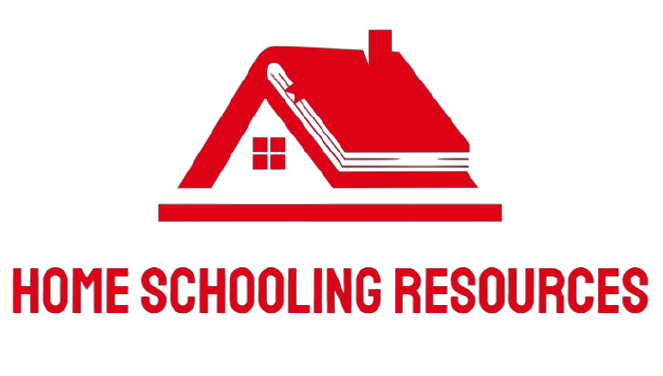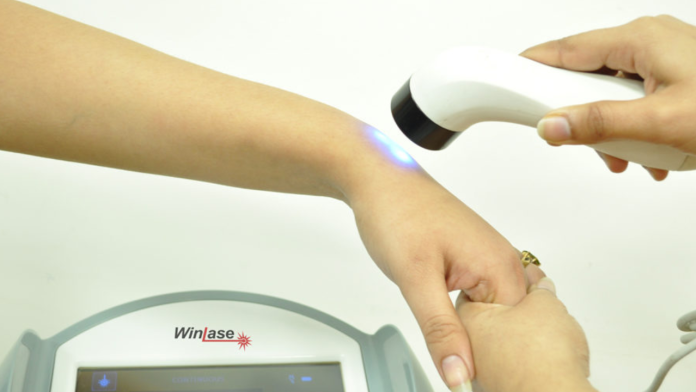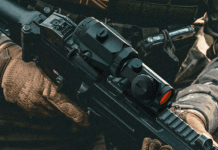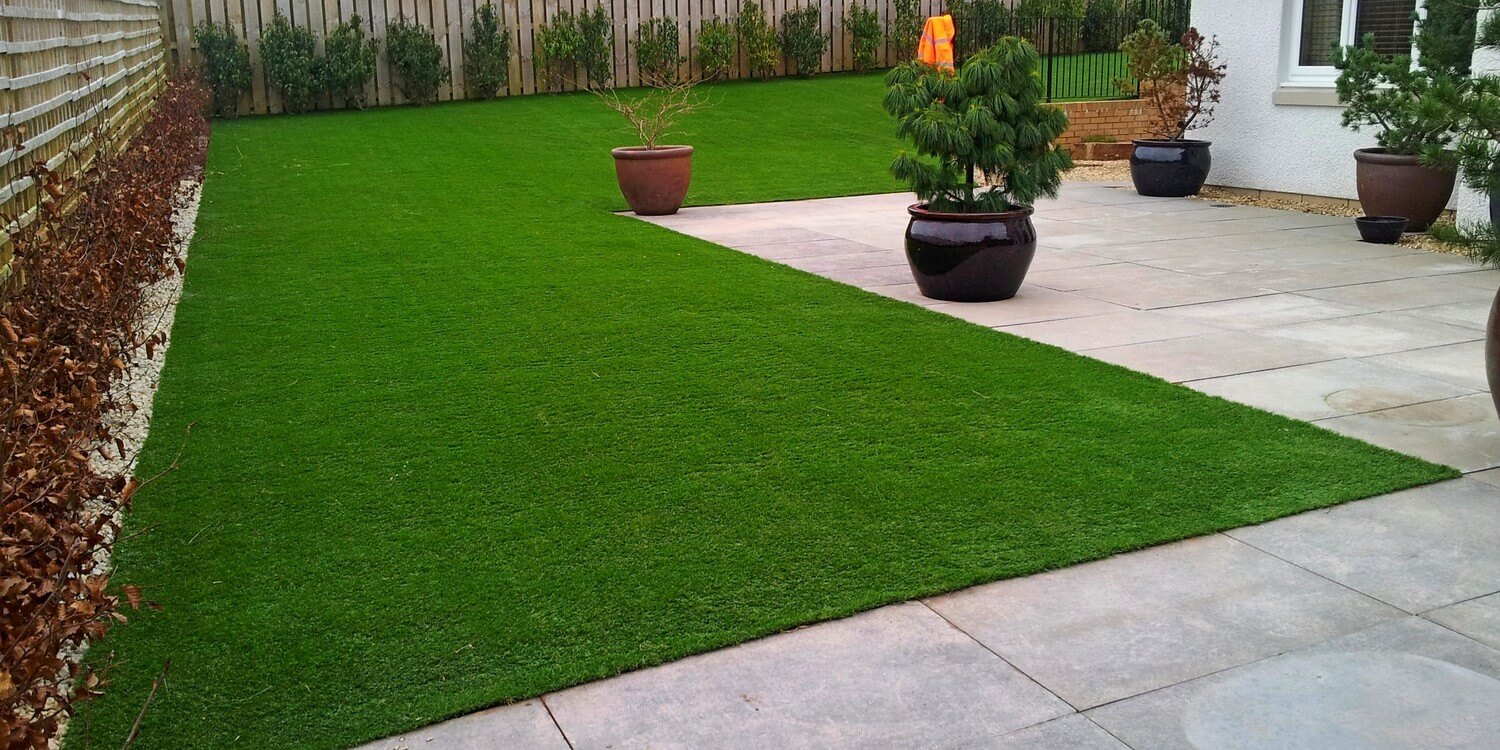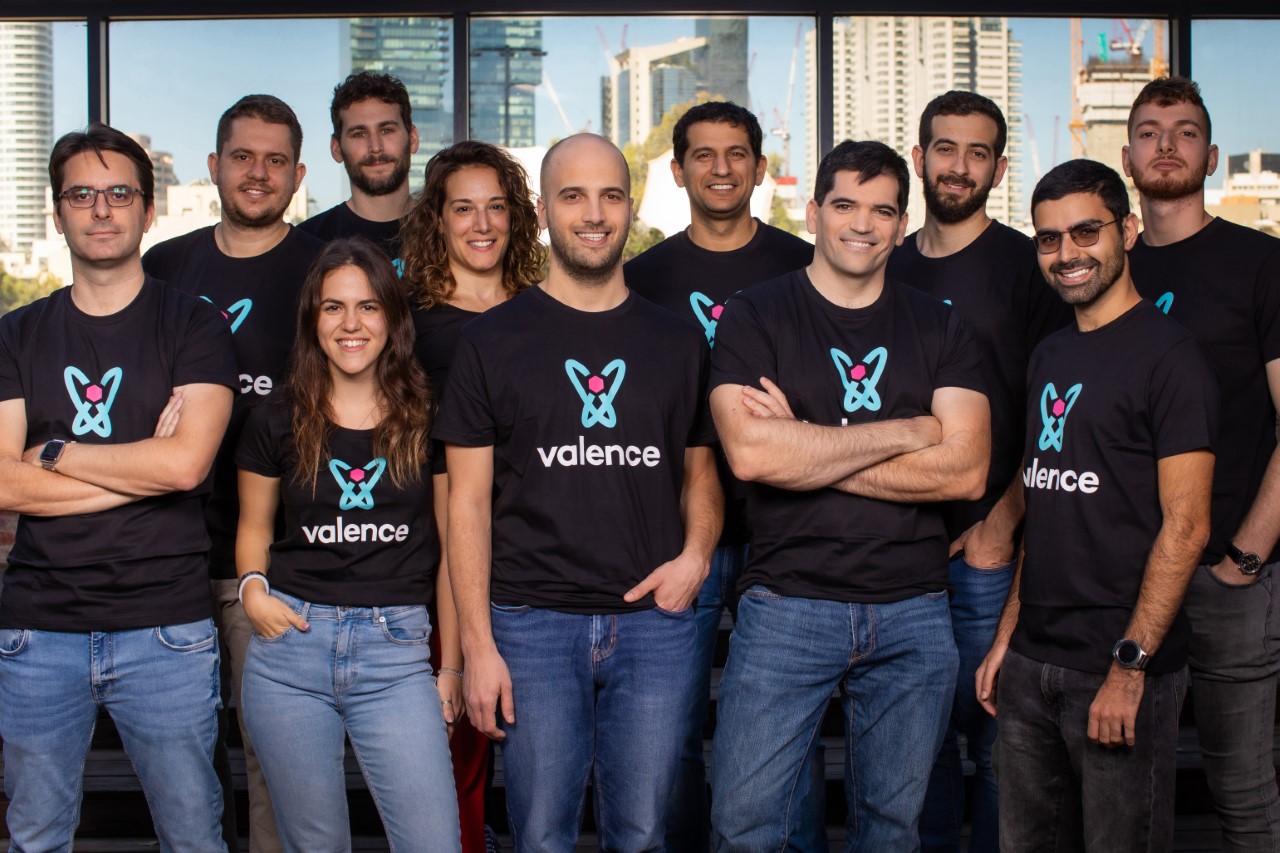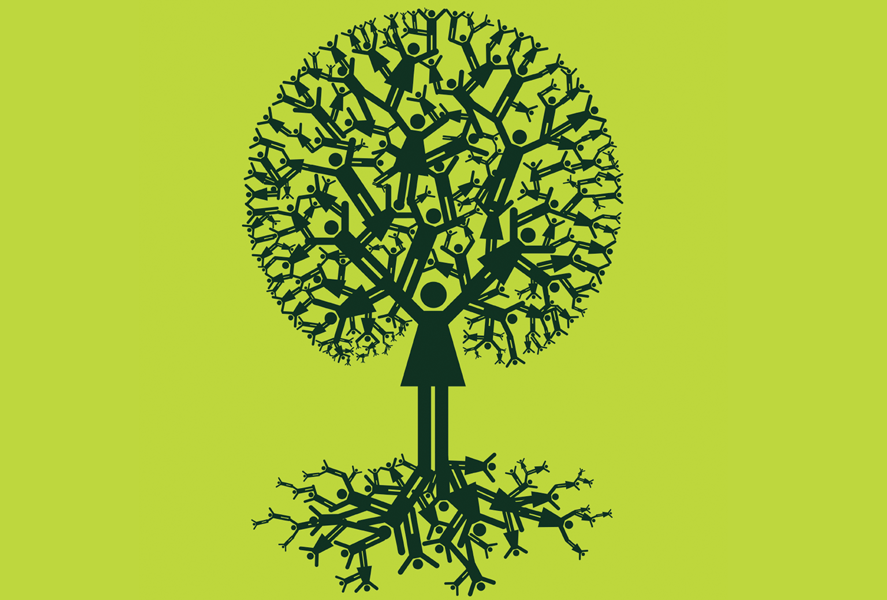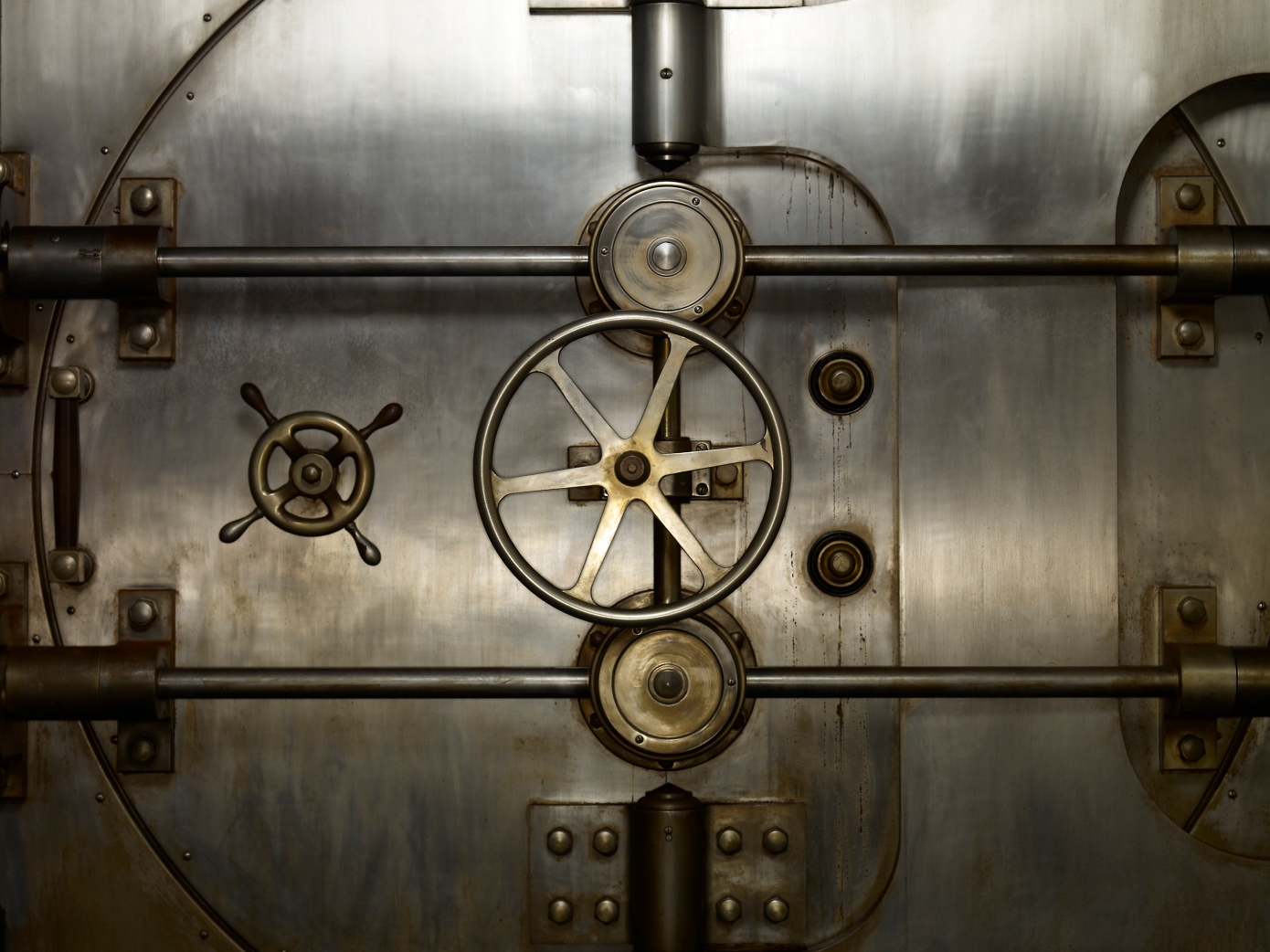A cold laser therapy device is a medical device used for therapeutic light-emitting diode (LED) or low-level laser treatments. These gadgets release particular light wavelengths that permeate the skin, interact with cellular constituents, and trigger biological reactions. Devices for cold laser therapy, in contrast to surgical lasers, emit low-intensity light without producing heat, making them safe for use in a variety of settings.
These handheld and portable gadgets have applicators or probes that apply focused light to the damaged area. These gadgets, which are frequently used in sports medicine, rehabilitation, and physiotherapy, increase tissue healing, reduce pain, and stimulate cellular activity. Because of their non-invasiveness, low risk of side effects, and adaptability, cold laser therapy device have gained popularity as treatments for ailments such as musculoskeletal problems, inflammation, wound healing, and neurological disorders.
Is Laser Therapy at Low Levels Effective?
Low-level laser therapy is the use of laser light at a low intensity for therapeutic purposes. Within the mitochondria, laser photons are converted into more cellular energy, resulting in a therapeutic transformation. Low-Level Laser Therapy has been shown via research and numerous clinical trials to enhance cellular ATP (body fuel) by up to 150%.
On normal tissue, low-level laser therapy has little effect. Only the cells that require photons absorb them. The best laser wavelength and frequency needed for a certain medical issue are applied by a competent Low-Level Laser Therapy specialist.
Devices for Cold Laser Therapy Operate
This novel treatment stimulates cellular activity and encourages tissue repair by using light-emitting diodes (LEDs) or low-intensity lasers. We shall examine the mechanics and wide range of medical applications of Cold Laser Therapy devices in this article, delving into their intricate workings.
Reaction of Cells to Light
Chromospheres are light-absorbing molecules found in all human body cells. Two important examples of chromospheres’ are porphyry’s found in cell membranes and cytochrome c oxidase found in mitochondria. These chromophores absorb photons and go through a photochemical reaction when exposed to particular light wavelengths, which starts a series of cellular activities.
Endogenous Stimulation
The enhancement of mitochondrial activity is one of the main outcomes of cold laser therapy. Photons are absorbed by cytochrome c oxidase, an enzyme that is essential to the electron transport chain and increases the generation of ATP and cellular respiration. Better cellular activity, energy production, and general tissue repair are all facilitated by elevated ATP levels.
Reduced Inflammation Impact
Research has shown that cold laser therapy has strong anti-inflammatory properties. Pro-inflammatory mediator’s decrease and anti-inflammatory cytokines are released when light exposure activates cellular signaling pathways. To effectively treat ailments like tendinitis, arthritis, and other inflammatory disorders, it is essential to modulate the inflammatory response.
Increased Blood Flow
Additionally, light stimulation affects vasodilation and microcirculation, which improves blood flow to the treated area. Improved circulation makes it easier for immune cells, oxygen, and nutrients to reach the tissues, which accelerates the healing process. This vascular response is especially helpful for ailments like ischemia diseases and wound healing.
Speeding up Tissue Repair
Via several ways, cold laser therapy speeds up tissue repair. It stimulates the production of collagen, fibroblast activity, and angiogenesis the development of new blood vessels. These elements work together to promote the healing of injured tissues, which makes this therapy effective in the treatment of surgical wounds, chronic ulcers, and traumas.
Modulation of Neurology
Cold laser therapy has impacts on peripheral tissues, but it also has neuroprotective and neurodegenerative qualities. Neurotransmitter release can be modulated and neuronal function is affected by light stimulation. This part of the treatment has demonstrated potential in the treatment of neurological diseases, including neuropathic pain and several abnormalities of the central nervous system.
Conclusion
Cold Laser remedy devices constitute a modern method of healing with the aid of harnessing the electricity of mild to stimulate mobile characteristics and promote tissue repair. The non-invasive nature of this remedy, coupled with its versatility and minimal aspect outcomes, has placed it as a promising modality across numerous clinical disciplines.
